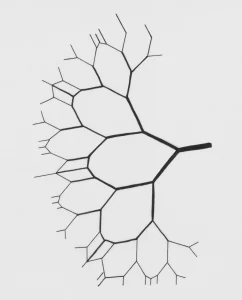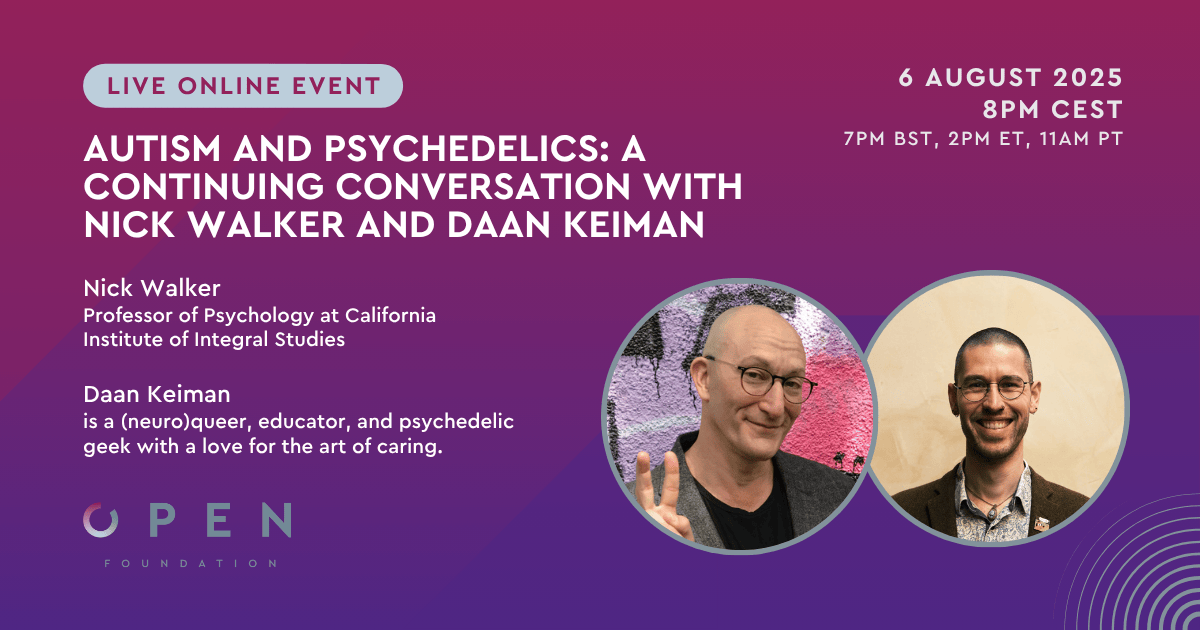Let’s wear our preclinical researcher’s hats for a minute and suppose we forget about the BDNF receptors, intracellular 5-HT2ARs, and the reopening of critical periods. In that case, one thing is clear about classic psychedelics: neuronal surface 5-HT2ARs are the doors of hallucinations (mandatory note to the NMDA and KOR friends: we are talking about classic psychedelics here). Welp… guess what! The story is not that simple!
It has long been known that serotonergic -classic- psychedelics activate both Gq/11 and β-arrestin2 signaling upon 5-HT2AR binding, and even though non-psychedelic 5-HT2AR biased agonists already exist -or so was thought before the first Tabernanthalog trip reports started contradicting Olson Lab’s claims-, the role of these pathways in the psychedelic effects is unclear. There is no adequate pharmacological explanation accounting for the nature of the signaling mechanisms of these non-psychedelic 5-HT2AR agonists.
To dig deeper into their biology, researchers from Saint Joseph’s University, UCSD, and Medical College of Wisconsin developed a series of 5-HT2AR-selective ligands with varying Gq efficacies, including β-arrestin-biased agonists, and tried to predict their psychedelic potential using the head-twitch response in mice.
Among their findings, they observed that psychedelics exhibit fairly dynamic and time-dependent but similar profiles of Gq and β-arrestin activity. Moreover, 5-HT2A-β-arrestin2 recruitment efficacy is not a reliable predictor of potentially psychedelic molecules, while a threshold level of Gq activation is required to induce psychedelic-like effects.
But perhaps most importantly, their efforts in developing highly selective 5-HT2AR agonists yielded greatly insightful observations in terms of the relationship between drug structure modification and receptor binding profile. For example, attempts in reducing the electrostatic properties of the ring system in the phenethylamine scaffold (that is, drugs structurally similar to mescaline or 2-CB) substantially reduced 5-HT2CR and 5-HT2BR activity, but maintained potent 5-HT2AR activity, resulting in increased 5-HT2AR selectivity.
This study paves the way for the design of next-generation psychedelics with fine-tuned properties distinct from those of classical psychedelics, opening the possibility of tailoring their effects to the specific needs of the individual patient (or user).
Read the full publication here!
Image credit: J. Kuhl














